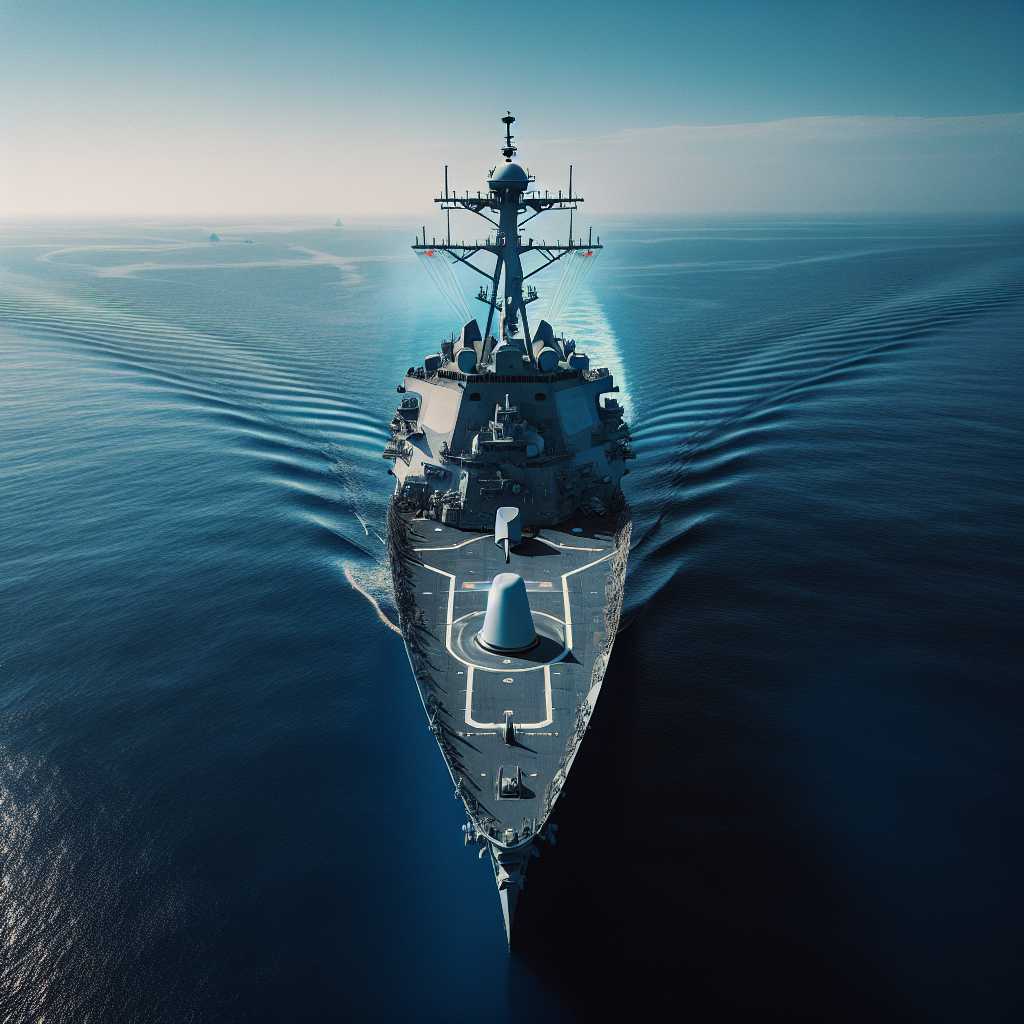Understanding the HELIOS: The U.S. Navy’s Cutting-Edge Laser Weapon System
In recent years, the U.S. Navy has pursued advanced weapon technologies aiming to increase defense capabilities and reduce reliance on traditional munitions. One noteworthy outcome is the High Energy Laser with Integrated Optical-dazzler and Surveillance (HELIOS) system. This cutting-edge laser weapon represents a significant shift toward next-generation warfare, harnessing the power of directed energy for both offensive and defensive operations.
The Birth of HELIOS: A New Defense Paradigm
The concept of laser weapons has been explored in military research for several decades, driven by the potential to engage targets at the speed of light and with precision. The U.S. Navy’s interest in this technology has culminated in the development of HELIOS, reflecting a strategic approach toward integrating novel armaments into their surface fleet.
HELIOS is not just a standalone weapon; it is emblematic of a larger trend towards directed energy systems within defense circles. It emphasizes a new definition of combat readiness, where speed, accuracy, lower cost per shot, and the ability to counter various threats without depleting physical ammunition are highly prized.
The Mechanics of HELIOS: How It Works
DEWs (Directed Energy Weapons) like HELIOS function by emitting highly focused energy towards a target. The HELIOS system specifically utilizes a solid-state laser capable of generating a 60-kilowatt beam. This concentrated energy can damage or destroy adversary drones, boats, and could eventually counter incoming missiles and aircraft.
Paramount to the deployment of HELIOS is precision and control. The system must precisely aim and maintain the beam on a rapidly moving target long enough to inflict damage. This involves sophisticated tracking systems that keep the laser locked onto targets despite maritime environmental challenges such as turret movement caused by waves or the target’s own evasive maneuvers.
Advantages of HELIOS Integrated in Naval Operations
The HELIOS system offers various advantages over traditional weaponry, ensuring the U.S. Navy maintains superior operational capabilities. Its pinpoint accuracy greatly diminishes collateral damage risks — crucial when operating near civilian areas or friendly forces. Additionally, its speed makes it an efficient interceptor against asymmetrical threats like drones and small boats that can be challenging for conventional weapons.
Cost-effectiveness is yet another significant merit; laser shots cost relatively little compared to missile systems while offering high-volume defense without depletion of physical stockpiles. This could change logistics for surface ships that traditionally rely on finite ammunition stores.
Moreover, as implied by its full name, HELIOS includes an integrated optical-dazzler – a feature used to confuse or disable optical sensors on enemy equipment. Alongside its surveillance capability, this makes it an incredibly versatile and intelligent defensive tool that seamlessly integrates into modern digital warfighting environments.
Operational Status and Deployment
As of my knowledge cutoff in April 2023, the U.S. Navy has successfully tested HELIOS and started deployment plans. It was announced that strategically important vessels like Arleigh Burke-class destroyers would be equipped with HELIOS as part of a gradual rollout. This incorporation aligns with broader naval strategies adapting to modern-day threats presented in contested environments.
Integrating HELIOS into active service requires extensive crew training; sailors need to harness the potential of such advanced systems under complex operational conditions. The future could see continual power increases and improved targeting capabilities – as well as further integration with other defensive systems as requirements evolve.
Challenges and Future Prospects
While full of potential, systems like HELIOS face their own set of challenges. Laser effectiveness can degrade due to atmospheric conditions like fog, dust, or rain, making environmental factors an important consideration in deployment scenarios.
The future prospects for HELIOS are substantial as research continues enhancing power outputs and miniaturizing technology for wider application across naval platforms. Long-term goals might include achieving effective missile defense – one pivotal objective for military lasers.
Notes
Image Description: An Arleigh Burke-class destroyer cruising through the ocean with a crisp image depicting HELIOS mounted aboard. The laser system appears seamless with the warship’s iconic silhouette against a clear blue sky.
q74Sy
